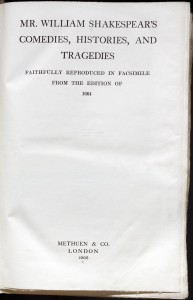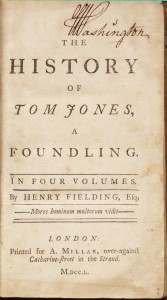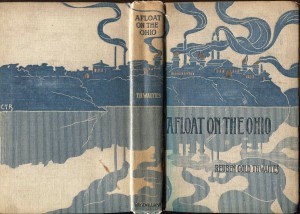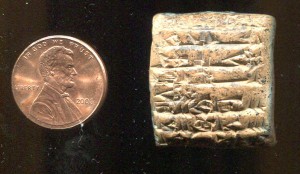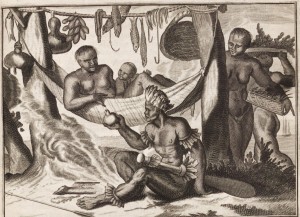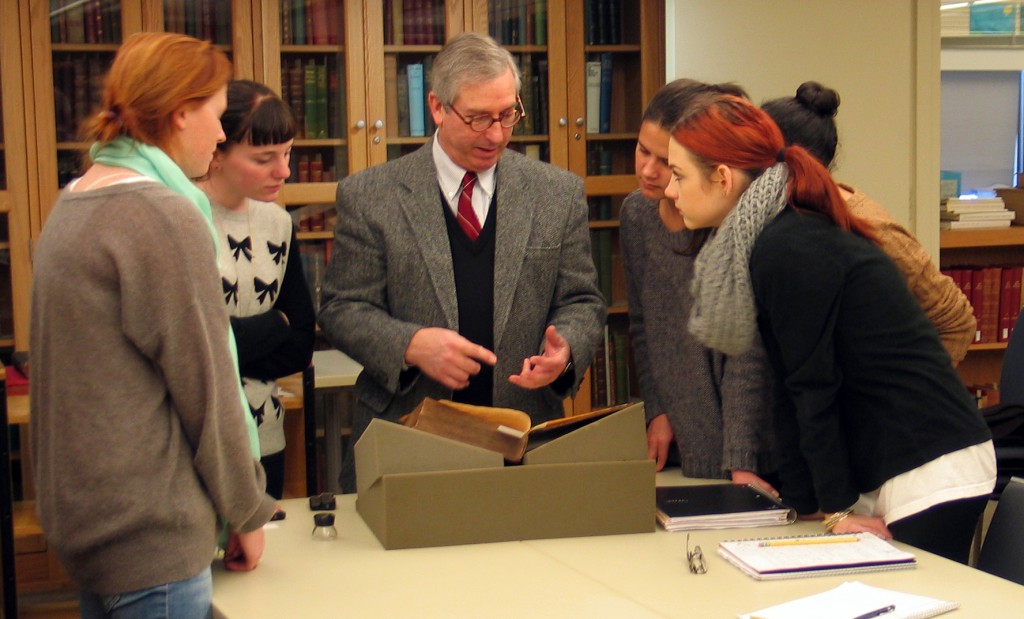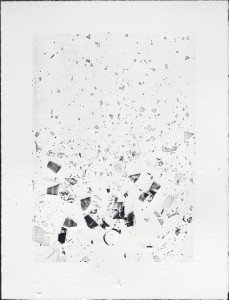 Unfortunately we do NOT have the so-called “First Folio” (London, 1623) of Shakespeare–a critically important book in Shakespeare studies as the first collected edition of his plays, wherein were printed for the first time eighteen plays! They were as follows:
Unfortunately we do NOT have the so-called “First Folio” (London, 1623) of Shakespeare–a critically important book in Shakespeare studies as the first collected edition of his plays, wherein were printed for the first time eighteen plays! They were as follows:
The Tempest, Two Gentlemen of Verona, Measure for Measure, The Comedy of Errors, As You Like It, The Taming of the Shrew, All’s Well that Ends Well, Twelfth Night, The Winter’s Tale, King John, Henry VI part I, Henry VIII, Coriolanus, Timon of Athens, Julius Caesar, Macbeth, Antony and Cleopatra, and Cymbeline.
We do, however, have an excellent facsimile of it, produced in 1866 by Howard Staunton, which was created using the newly invented technology of photo-lithography. These were initially issued in sixteen (16) monthly parts at 10s. 6d. per part, or a total of 8 guineas–the price was relatively high (about $1,500 in today’s money).
